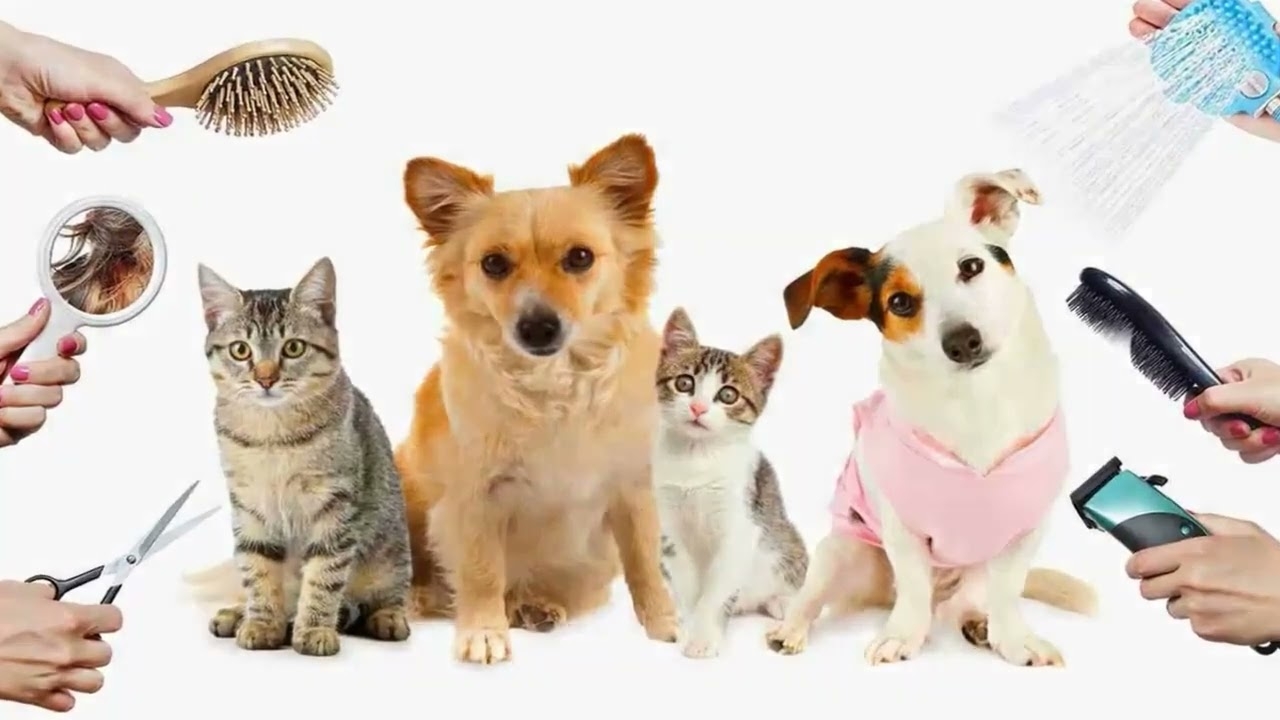Identifying Key Barriers Hindering Growth in the Global Pet Grooming Products Market Landscape

The pet grooming products market is expanding due to rising global pet ownership, growing awareness of animal hygiene, and the humanization of pets. Products like shampoos, combs, clippers, deodorizers, and oral care items are no longer niche offerings but rather essential components of pet care. However, despite this increasing demand, the market faces several barriers that hinder widespread adoption and consistent growth.
These obstacles, ranging from financial constraints to structural inefficiencies, restrict the market’s ability to evolve and adapt. Understanding these barriers is essential for industry players looking to overcome them and capitalize on the market’s full potential.
1. High Cost of Quality Products
One of the most persistent barriers in the pet grooming products market is pricing. Many high-quality grooming items are expensive, making them less accessible to budget-conscious consumers.
-
Limited Affordability: In emerging economies, pet owners often consider grooming products a luxury.
-
Prioritization of Basic Needs: Essentials such as food and vaccinations are given priority over grooming, especially for low-income households.
This pricing disconnect leads to reduced product adoption and stalls the market’s ability to penetrate lower-tier consumer segments.
2. Lack of Consumer Awareness and Education
Many pet owners are not fully informed about the importance of grooming or the correct use of grooming products.
-
Limited Grooming Knowledge: People may not understand how regular grooming prevents infections and improves a pet’s health.
-
Fear of Misuse: Inadequate information about how to properly use certain products, such as pet-safe shampoos or ear cleaners, discourages purchase.
Without educational campaigns and awareness initiatives, demand for these products remains suppressed, especially outside urban areas.
3. Inconsistent Global Regulatory Environment
The pet grooming product industry is challenged by varied and fragmented regulations across countries.
-
Complex Compliance Requirements: From ingredient approvals to labeling standards, the rules differ dramatically by region.
-
Slow Market Entry: Companies must often rework formulas or marketing messages for different markets, delaying launches.
This regulatory inconsistency not only increases operational costs but also deters small and medium-sized enterprises from entering new geographies.
4. Unequal Market Distribution and Access
Urban areas dominate in terms of availability and sales of pet grooming products, leaving rural markets underserved.
-
Sparse Retail Networks: Many small towns and villages lack pet specialty stores or access to a variety of grooming items.
-
Delivery and Logistics Constraints: E-commerce can help bridge the gap, but slow delivery times and unreliable logistics in remote regions reduce its effectiveness.
As a result, entire populations of potential consumers remain untapped, restricting market growth in non-urban areas.
5. Limited Product Differentiation
As the market becomes increasingly saturated, many brands offer products that appear virtually identical, making it hard for consumers to distinguish value.
-
Overlapping Features: Most brands emphasize similar benefits, such as odor removal, skin protection, or detangling properties.
-
Low Brand Loyalty: Without unique value propositions, customers often switch between products based solely on price or availability.
This lack of differentiation weakens brand positioning and hampers efforts to build long-term customer relationships.
6. Sustainability and Environmental Challenges
Modern consumers, especially younger demographics, expect eco-friendly and sustainable pet care solutions—but many grooming products fall short.
-
Plastic Packaging Dominance: Most items are packaged in non-recyclable plastic, contributing to environmental concerns.
-
Chemical Ingredients: Artificial fragrances and preservatives often raise red flags among health- and environment-conscious buyers.
Brands that fail to adopt greener practices may lose favor with key consumer groups, limiting their market appeal.
7. Supply Chain and Inventory Volatility
The global supply chain continues to face disruptions due to raw material shortages, logistics delays, and rising costs.
-
Product Shortages: Inconsistent supply affects availability on both physical and digital shelves, frustrating consumers.
-
Inventory Management Risks: Inaccurate forecasting can result in overstocking or stockouts, both of which impact profitability.
These supply-side issues make it difficult for companies to scale efficiently and meet rising consumer demand.
8. Counterfeit Products and Quality Concerns
The proliferation of counterfeit grooming products has become a growing concern in both physical and online marketplaces.
-
Consumer Trust Issues: Fake products may harm pets, causing health issues and damaging trust in the category as a whole.
-
Brand Damage: Reputable companies often suffer brand dilution when counterfeiters mimic their packaging and sell substandard products.
This not only undermines legitimate businesses but also discourages new customers from trying grooming solutions.
Conclusion
Although the pet grooming products market is poised for growth, it remains hampered by numerous barriers that slow down progress and prevent widespread adoption. High costs, low consumer education, inconsistent regulations, limited rural access, and environmental challenges all contribute to a fragmented and under-optimized industry.
To unlock the market’s full potential, businesses must proactively address these barriers through pricing innovation, consumer outreach, sustainability efforts, and stronger supply chain resilience. Only then can the industry truly deliver value at scale and meet the evolving needs of today’s pet owners.
- Industry
- Art
- Causes
- Crafts
- Dance
- Drinks
- Film
- Fitness
- Food
- Games
- Gardening
- Health
- Home
- Literature
- Music
- Networking
- Other
- Party
- Religion
- Shopping
- Sports
- Theater
- Wellness
- News


